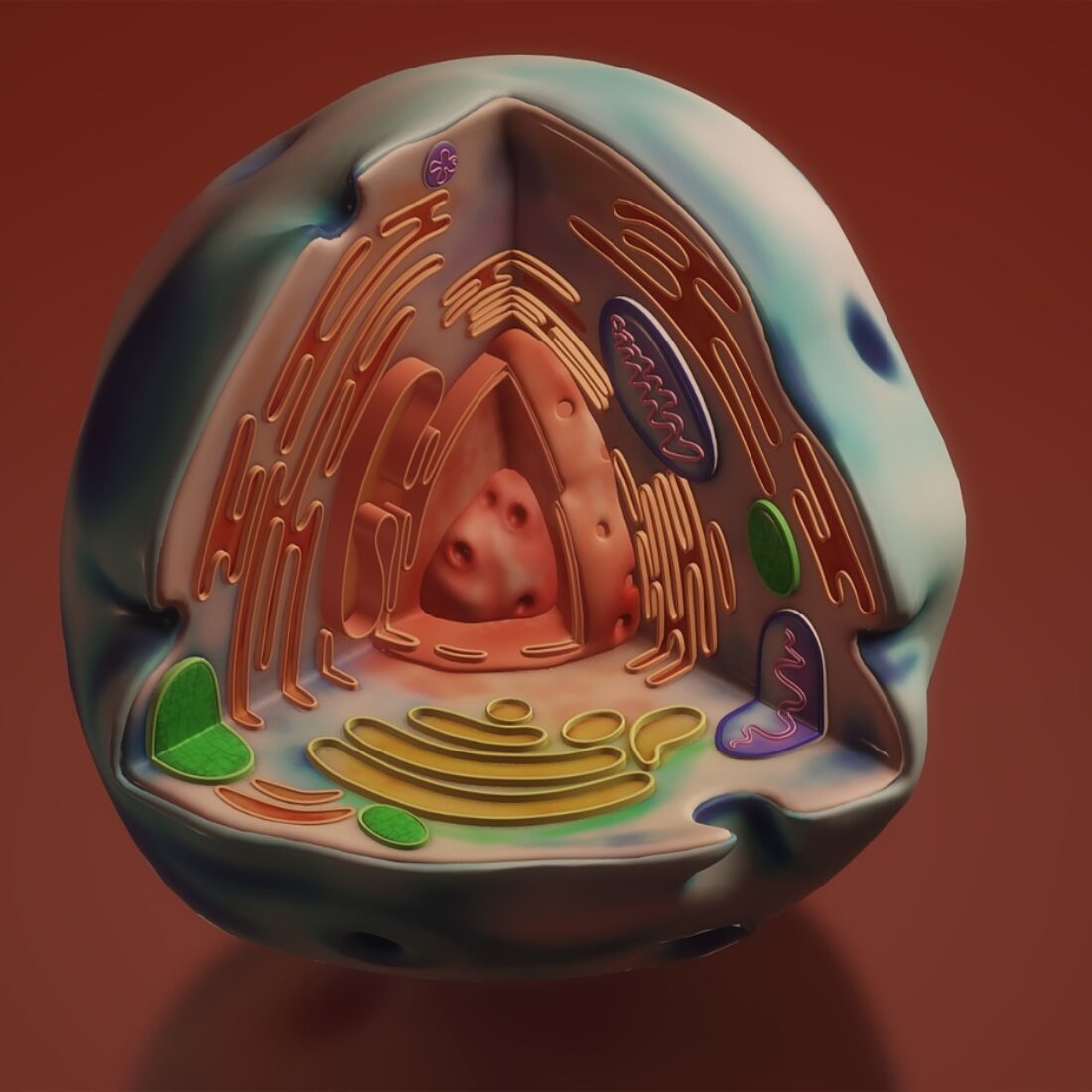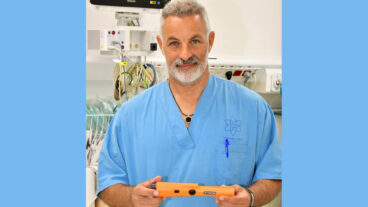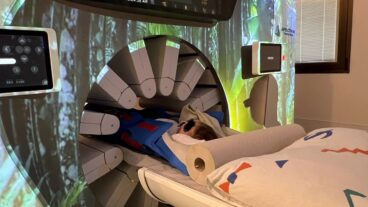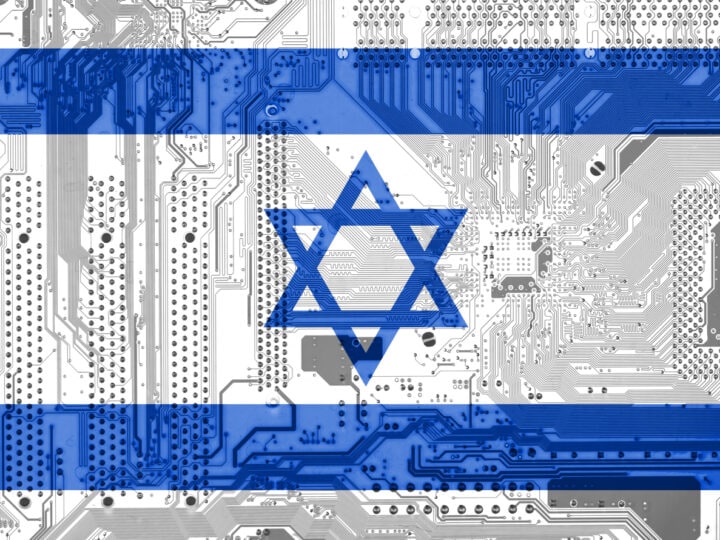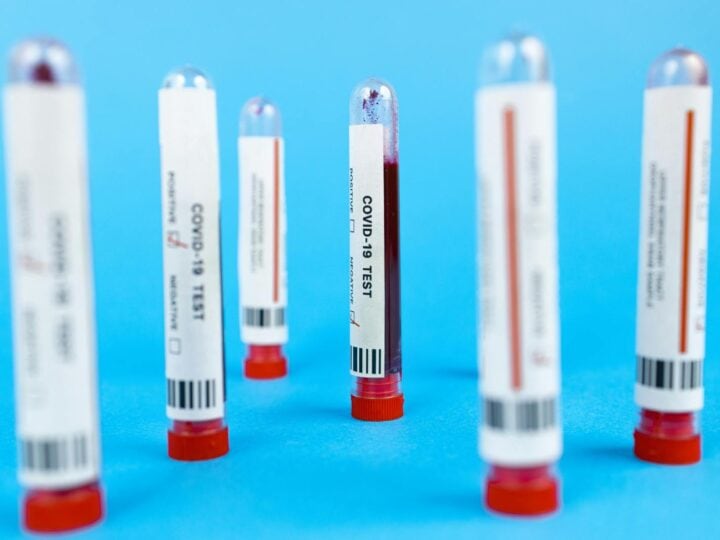Mitochondria are the energy factory of every cell in our bodies. Malfunctioning or mutated mitochondria are at the root of a wide range of ailments.
A novel technique under development in Israel, mitochondrial augmentation therapy (MAT), is being tested on children with rare, untreatable mitochondrial diseases.
“Once it’s proven to work, it can benefit a large variety of people because mitochondrial function can be hindered not only by disease but also by aging,” says Shai Melcer, chief business officer of Minovia Therapeutics in Tirat Carmel.
“Each of us will encounter loss of mitochondrial function at some level as we grow old, and if we can reconstitute that function, we could assist pretty much anyone,” Melcer adds.
“There are endless opportunities for this technology but for now we are staying focused on reversing specific diseases.”
In love with mitochondria
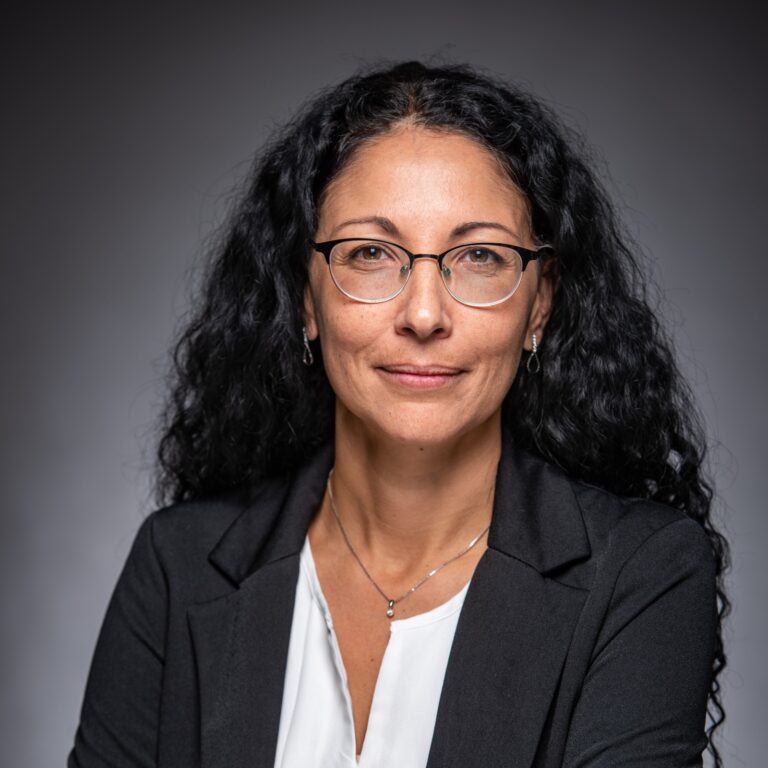
Minovia Therapeutics is the brainchild of founder and CEO Natalie Yivgi-Ohana, a biochemist and embryologist who says she “fell in love with mitochondria” during her doctoral and postdoc studies.
“There’s a theory that mitochondria used to be bacteria that entered the developing cell about one and a half billion years ago and became a part of the cell, using the oxygen and nutrients we take in to produce an energy ‘coin’ called ATP that enables everything in the cell to happen,” she tells ISRAEL21c.
“I started the company 11 years ago to see if we could isolate young, healthy mitochondria from one type of cell and try to put them into a diseased or aged cell. Will they enter and integrate with the cell’s own mitochondria and produce fresh energy for that cell?”
After three years of experimentation, Yivgi-Ohana shifted to the mitochondria augmentation approach.
“This is a cell therapy that takes diseased hematopoietic stem cells — immature blood cells — from patients, enriches them with healthy mitochondria and injects them back into the patient.”
Her expectation was that these mitochondria-enriched cells would engraft in the bone marrow and begin proliferating and replicating the new mitochondria in all blood cells.
Word of mouth
To test the efficacy of her method, Yivgi-Ohana zeroed in on patients with Pearson syndrome, a fatal bone marrow disorder diagnosed in about 100 children globally.
She wasn’t familiar with the disease until she was invited by philanthropist Paul Merage to present her idea to potential investors in California.
“One of our hosts read my presentation and remembered that the musician at her son’s bar mitzvah had a child with Pearson syndrome,” Yivgi-Ohana says.
“She gave this father my phone number and I met with him. I learned that Pearson is the only mitochondrial disease that starts with bone marrow failure. It was a natural match for hematopoietic stem cell therapy.”
In addition, Pearson is unique among mitochondrial diseases in that the child doesn’t inherit the mutated mitochondria from the mother, making the mother a perfect mitochondrial donor for Minovia’s Pearson trial.
The musician posted about it in a Facebook group for parents of children with Pearson. Through that group, Yivgi-Ohana found the one child in Israel with the syndrome.
12 children treated
In collaboration with the child’s medical team, Minovia did a trial at Sheba Medical Center, under compassionate use protocols, almost six years ago.
“We took mitochondria from the blood of the mother, used them to enrich hematopoietic stem cells from the child, and injected them back into the child,” Yivgi-Ohana says.
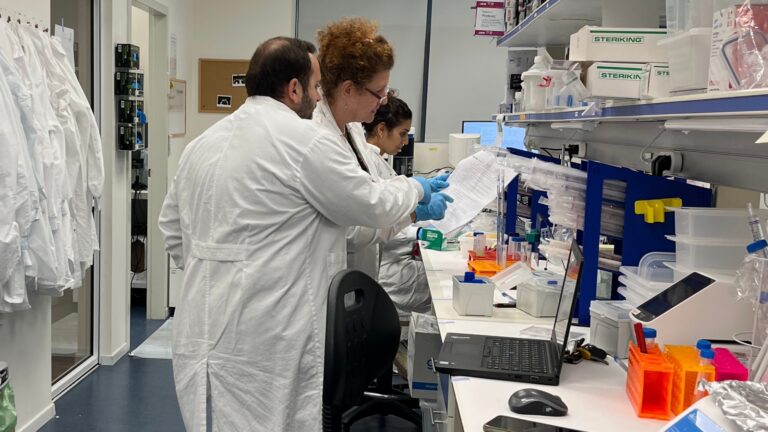
Afterward, 11 kids with Pearson and other primary mitochondrial diseases were flown to Israel from the United States and Europe for treatment with the experimental therapy — including the musician’s child from California.
All the children showed improvement after that one treatment, including aerobic function, weight gain and increased strength and endurance. The condition then stabilized for some time – an unheard-of advance in Pearson patients. The original patient remained stable for four years.
As children grow, however, their demands for energy grow, “so we see improvement and then stability and then some deterioration,” says Yivgi-Ohana. “We have to evaluate the effect of multiple doses.”
Results of six compassionate use cases were recently the subject of the cover article in the journal Science Translational Medicine.
Lead author Dr. Elad Jacoby of Sheba’s Hemato-oncology Pediatric Department concluded that this promising methodology “may potentially deliver some functional improvement for patients living with these debilitating diseases for which there are no available therapies” and “should be further investigated.”
Covid intervenes
On the strength of the compassionate use results, Yivgi-Ohana applied to the US Food and Drug Administration for Phase I/II clinical trial approval, recruited employees to the company, opened an office in Tirat Carmel near Haifa, and raised money.
Five patients began treatment and then Covid hit. The trial ended because patients could not fly to Israel.
“It was devastating, but it was an opportunity,” says Yivgi-Ohana.
“Rather than continue with this one rare disease, with a methodology that is not scalable and a product that is not scalable, we realized it would be better to develop an off-the-shelf product that could be banked for any indication — from the smallest, like Pearson, to the biggest, like aging.”
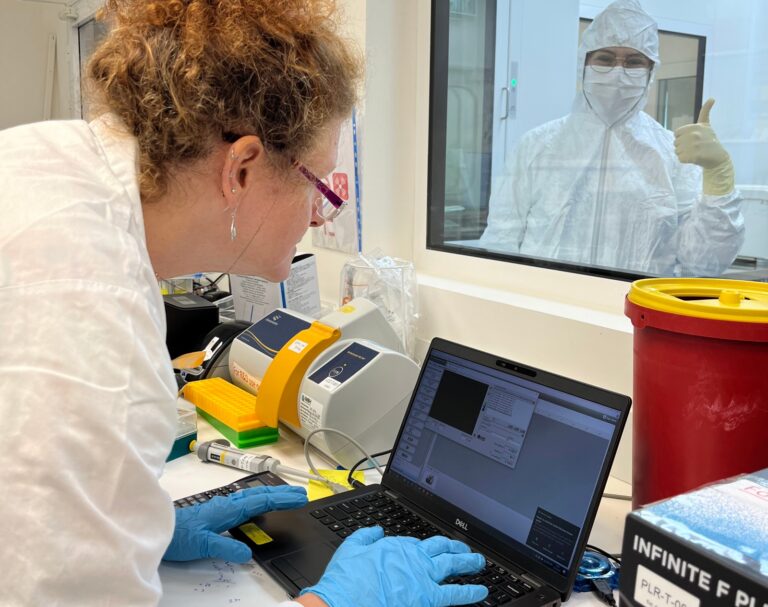
In the past two years, Minovia has been developing such a product using mitochondria from placentas donated after C-section births, which have remained sterile.
“We developed all the processes for mitochondrial augmentation and cryopreservation. We’ve created the world’s first bank of isolated mitochondria,” says Yivgi-Ohana.
The first indication is still Pearson syndrome because as an orphan disease therapy it qualified for fast-tracked FDA approval.
“Next year, if all goes well, we will go back to clinical trials with hematopoietic stem cells of Pearson patients augmented with placenta-derived mitochondria. It will be the first-ever allogeneic [from a donor] mitochondria therapy,” says Yivgi-Ohana.
Built for collaborations
Melcer says Minovia “intends to work with big pharma to maximize the potential of the platform, as we do with Astellas Pharma,” a Japanese corporation that funded $20 million research collaboration with Minovia.
“We are eager and poised to collaborate with big global players,” he tells ISRAEL21c. “We have unique expertise that fits many applications, but we can’t do it alone. We’re built for collaborations.”
The company has 70 patents, nearly $30 million in investments, and 46 employees, most of them female.
Yivgi-Ohana explains that minovia is a mashup of “mitrochondria” and “novel way” but it’s also Spanish for “my girlfriend,” which is apt because “this is a very female-centric company, mitochondria come from our mothers and placentas come from females as well.”
Yivgi-Ohana says that four other companies are developing techniques for direct injection of mitochondria and one other is experimenting with mitochondrial cell therapy.
She does not worry about competition; Minovia is farther along than the others and anyway, she says, “there is room for everyone.”
For more information, click here.




